Want to Lose Fat Fast? Here's How to Lose 20 kg Without Risking Your Health
Want to lose fat fast without damaging your health? Discover a safe, sustainable way to lose 20 kg with smart calorie planning, real food, and zero crash dieting.
You want to lose weight fast — not someday, but now.
The mirror doesn’t lie, and neither does the scale. You’ve probably tried a few diets, skipped meals, maybe even spent hours on cardio. Still, that stubborn fat just won’t move. And now, you’re wondering — is there a way to lose 20 kg fast without wrecking your health?
Here’s the good news: yes, it’s possible — but only if you stop doing what hasn’t worked.
Most fast fat-loss plans either starve you or burn you out. But real, lasting fat loss doesn’t mean living on lettuce or running till you drop. It means understanding your body, creating the right calorie deficit, and making smart food and lifestyle choices that actually work.
This article gives you exactly that — a step-by-step, no-nonsense plan to lose 20 kg safely and sustainably. You’ll get real answers, practical tips, and a meal plan that won’t leave you starving. You're in the right place and this is where your transformation begins.
What’s the Problem with Trying to Lose 20 kg

Losing 20 kg isn’t just about willpower or eating less. It's a serious goal that involves real challenges — physical, emotional, and lifestyle-related. Before you jump into a diet or routine, it’s important to understand what might hold you back.
1. Physical Challenges
When you're trying to lose a large amount of weight, your body goes through a lot. You're not just burning fat — you're dealing with hormonal shifts, muscle fatigue, and energy crashes.
-
A sudden calorie drop can cause muscle loss if you're not eating enough protein or doing strength training.
-
You may feel tired because your body requires fuel, and cutting more calories too fast can do more harm than good.
-
Poor planning can lead to nutritional deficiencies, especially if you're following a strict diet without variety.
Weight loss also slows down your metabolism over time, which means losing more weight becomes harder as you go. If you ignore this, you could lose less fat and end up with long-term health issues.
2. Mental and Emotional Struggles
Weight loss isn’t just physical — it messes with your mind, too. Many people struggle with staying motivated and managing stress.
-
You might feel stuck or anxious if you don’t see results in the first week.
-
Emotional eating kicks in when stress or sadness makes you reach for snacks.
-
It’s easy to get frustrated and quit, especially without seeing those small victories that keep you going.
Trying to lose weight quickly can also create pressure and disappointment. That emotional toll makes it hard to follow any plan for the long run, even if it’s a good one.
3. Common Myths and Misconceptions
There are tons of myths about how to lose weight and keep it off. Believing them can totally ruin your progress.
-
No, you don’t need to cut out all healthy fats or carbs to lose fat.
-
Skipping meals or eating less than your basal metabolic rate isn’t smart — it can lead to weight gain later.
-
Many believe rapid weight loss is the best approach, but that often leads to burnout, not success.
You also don’t need to follow some weird diet plan you saw online. What works for someone else might not work for you — and chasing trends can do more harm than good.
4. Lifestyle Misalignment
If your daily habits don't support your goals, you're going to struggle — even with the best plan.
-
Lack of enough sleep, stress, and skipping workouts? That’s a problem.
-
Eating too much junk food, fried food, or processed food? You’ll undo your progress fast.
-
If your eating habits are all over the place and you're not exercising regularly, even the best meal plan won’t help.
You need a full healthy lifestyle — not just a short-term fix. And yes, simple changes like brisk walking, drink water, and cooking nutritious meals can make a huge difference.
5. Lack of a Realistic, Structured Plan
The biggest reason most people fail? No plan. Or worse — a plan that’s too extreme to follow.
-
A good plan includes a proper calorie deficit, a flexible exercise routine, and a smart diet.
-
You should set realistic goals instead of chasing big numbers in just a few weeks.
-
Without a clear plan, you may end up gaining more weight back than you lost.
If you're not tracking your calories, not eating with purpose, and not following a proper exercise regimen, you’ll spin your wheels without seeing results. You don’t need perfection — you need structure and consistency.
Understanding “healthy weight loss” vs. “lose weight fast” traps
There’s a big difference between losing weight fast and losing it in a way that lasts. Many people fall into quick-fix traps that might work for a week but fail in the long run. Let’s break down how these two approaches compare.
| Feature | Healthy Weight Loss | Lose Weight Fast Traps |
|---|---|---|
| Speed | Slow and steady | Rapid, unrealistic |
| Focus | Long-term fat loss | Quick drop on the scale |
| Nutrition | Balanced diet with healthy fats | Often low in nutrients |
| Energy levels | Stable and manageable | Extreme highs and lows |
| Exercise | Moderate intensity exercise, sustainable | Overtraining or no exercise at all |
| Results | Lasting results and healthier body | Temporary weight loss, risk of rebound |
| Mental health | Supports motivation and balance | Increases stress and burnout |
| Food freedom | Includes occasional indulgences | Usually strict diet rules |
Going too fast can actually push you further away from your goals. Choose the approach that supports your health, not just your hunger to see quick numbers drop.
Most diets trap you. Balance Bite frees you with real food, real results, and real support. Try it and feel the difference
How Much Calorie Intake Do You Need to Lose 20 kg Safely?
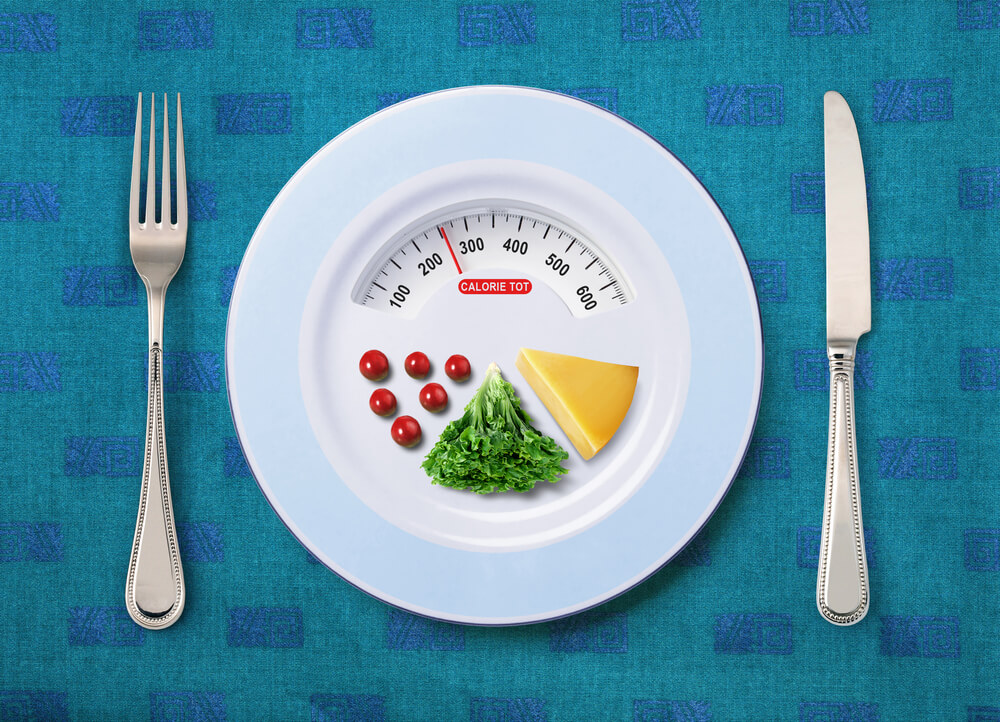
Losing 20 kg safely means understanding how many calories your body needs each day. You don’t want to eat too little and risk health problems — or eat too much and see no change. That’s where smart planning comes in.
Your daily intake depends on your current weight, age, and activity level. The goal is to stay in a caloric deficit — where you eat fewer calories than your body uses. But if the drop is too much, you may feel weak or even gain weight back later.
-
A registered dietitian can help you set the right number based on your fitness goals
-
Most people aim to cut 500 to 1,000 calories a day to lose weight slowly and safely
-
Avoid jumping into extreme plans — safe weight loss strategies always focus on balance
To hit your desired results, you should steer clear of fast food, processed meals, and unhealthy fats. Instead, go for healthier options like fruits, vegetables, and whole grains. Include fiber-rich foods like chia seeds to stay full longer and avoid spikes in blood sugar.
Getting your calorie intake right isn’t an easy task, but it’s a key part of your weight loss journey. When your food choices support your goal, you’re not just losing fat — you’re staying healthy too.
30 Days Meal Plan That Actually Supports Real Fat Loss — Not Just Weight Drop
This meal plan is designed to help you burn fat, not just drop water weight. Each day gives simple, balanced meals that keep you full and fuel your body — without extreme dieting or skipping real food.
Day 1
Vegetarian
-
Breakfast: Oats with low-fat milk, chia seeds, and sliced banana
-
Lunch: Brown rice with mixed vegetable curry and cucumber salad
-
Dinner: Moong dal khichdi with sautéed spinach and a small bowl of curd
Non-Vegetarian
-
Breakfast: Boiled eggs (2) with whole wheat toast and green tea
-
Lunch: Grilled chicken breast with quinoa and steamed broccoli
-
Dinner: Light fish curry with basmati rice and a side of stir-fried greens
Vegan
-
Breakfast: Oats made with almond milk, topped with chia seeds and berries
-
Lunch: Chickpea salad with olive oil, cucumber, tomato, and brown rice
-
Dinner: Tofu stir-fry with bell peppers and carrots, served with millet
Day 2
Vegetarian
-
Breakfast: Poha with peas, peanuts, and a squeeze of lemon
-
Lunch: Whole wheat roti with chole (chickpea curry) and mixed salad
-
Dinner: Palak paneer with brown rice and a glass of buttermilk
Non-Vegetarian
-
Breakfast: Omelette with tomatoes, onions, and green chilies; 1 slice whole grain toast
-
Lunch: Grilled turkey breast with sautéed vegetables and sweet potato
-
Dinner: Shrimp stir-fry with garlic, bell peppers, and steamed rice
Vegan
-
Breakfast: Chia pudding with soy milk, topped with sliced kiwi
-
Lunch: Quinoa and black bean burrito bowl with avocado and corn
-
Dinner: Vegetable coconut curry with brown rice and a side of roasted chickpeas
Day 3
Vegetarian
-
Breakfast: Curd smoothie with mango and ground flaxseeds
-
Lunch: Rajma with brown rice and a small green salad
-
Dinner: Mixed vegetable pulao with a bowl of curd
Non-Vegetarian
-
Breakfast: Scrambled eggs with spinach and 1 slice multigrain bread
-
Lunch: Chicken breast wrap with hummus and lettuce
-
Dinner: Baked salmon with steamed vegetables and quinoa
Vegan
-
Breakfast: Peanut butter on whole grain toast with a banana
-
Lunch: Lentil and quinoa salad with lemon dressing
-
Dinner: Whole wheat pasta with homemade tomato and veggie sauce
Day 4
Vegetarian
-
Breakfast: Upma with mixed vegetables
-
Lunch: Paneer bhurji with whole wheat chapati and salad
-
Dinner: Vegetable biryani with raita
Non-Vegetarian
-
Breakfast: Boiled eggs with avocado slices and black coffee
-
Lunch: Chicken and vegetable stir-fry with rice noodles
-
Dinner: Lean mutton curry with a small serving of basmati rice
Vegan
-
Breakfast: Tofu scramble with spinach and whole wheat toast
-
Lunch: Millet salad with cucumber, tomato, and lemon juice
-
Dinner: Vegetable stew with brown rice
Day 5
Vegetarian
-
Breakfast: Vegetable paratha with a bowl of curd
-
Lunch: Chickpea curry with jeera rice
-
Dinner: Palak corn curry with roti and salad
Non-Vegetarian
-
Breakfast: Masala omelette with toast
-
Lunch: Grilled fish with mashed sweet potato and sautéed greens
-
Dinner: Chicken stew with carrots, peas, and potatoes
Vegan
-
Breakfast: Banana with almond butter on multigrain toast
-
Lunch: Red lentil soup with a side of quinoa
-
Dinner: Chickpea and spinach curry with steamed vegetables
Day 6
Vegetarian
-
Breakfast: Cornflakes with milk and fresh fruit
-
Lunch: Soya chunks stir-fry with brown rice
-
Dinner: Mushroom curry with roti
Non-Vegetarian
-
Breakfast: Scrambled eggs with tomatoes and onions
-
Lunch: Lean beef stir-fry with rice
-
Dinner: Grilled chicken with sautéed spinach and garlic
Vegan
-
Breakfast: Oat porridge with almond milk and chopped dates
-
Lunch: Tofu poke bowl with avocado and cucumber
-
Dinner: Roasted mixed vegetables with hummus and pita bread
Day 7
Vegetarian
-
Breakfast: Curd with fruits and a spoon of chia seeds
-
Lunch: Rajma wraps with lettuce and onions
-
Dinner: Light vegetable soup with multigrain toast
Non-Vegetarian
-
Breakfast: Boiled eggs with sautéed mushrooms
-
Lunch: Grilled chicken salad with olive oil dressing
-
Dinner: Baked fish with boiled potatoes and stir-fried beans
Vegan
-
Breakfast: Green smoothie (spinach, banana, almond milk, flaxseeds)
-
Lunch: Lentil burger on whole wheat bun with tomato slices
-
Dinner: Quinoa and vegetable stew with herbs
You can repeat this for the rest of the month and then assess what progress you have made till now.
Love this structure? Balance Bite gives you 30 more days of real meals, not restrictions. Eat smart. Stay full. Burn fat
How Much Weight Can You Lose in 1 Month by Following This Plan?

Most people can expect to lose around 2 to 5 kg in the first month with steady effort. The exact number depends on your current weight, your activity level, and how closely you follow the plan.
Safe fat loss happens slowly. To lose weight safely, it’s better to aim for 0.5 to 1 kg per week. Quick drops often come from water loss, not fat, and can lead to problems later.
-
This plan focuses on real fat loss, not just fast weight drop
-
It includes smart meals, balanced calories, and regular movement
-
Adding basic bodyweight exercises like squats and push-ups can improve results
To see results faster, avoid things that slow you down — like eating too much white bread, skipping workouts, or overeating snacks. The plan shows you how to lose 20 kg the right way, starting with small changes each month.
The first 30 days are not about reaching the full goal, but about building strong habits. What you do in the first month sets the tone for how much weight you lose and how long you keep it off.
Balance Bite takes the guesswork out of calorie tracking. Get a meal plan built for your body, your goal, and your lifestyle.
Steps To Follow to Lose 20 kg Safely and Sustainably
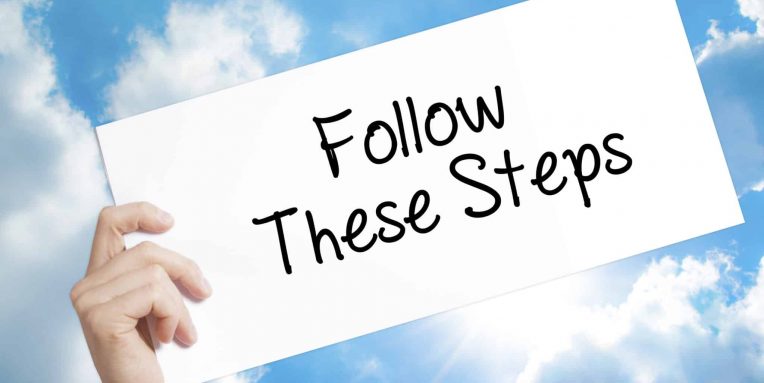
Losing 20 kg takes more than just dieting hard or running every day. It takes clear steps that support your health, energy, and daily routine — not just the number on the scale.
Let’s break it down into small steps that are easy to follow and work together to help you lose weight the smart way.
1. Set a Realistic Weight Loss Goal

If your goal is too big or too fast, you’ll likely give up halfway. That’s why it’s better to aim for progress, not perfection.
-
A healthy target is 0.5 to 1 kg per week
-
This adds up to around 2 to 4 kg per month, which is safe and sustainable
-
You’re more likely to stick to your plan if the goal feels doable
Setting small weekly or monthly goals also keeps your mind focused and your efforts on track.
2. Create a Calorie Deficit That Works for You

You lose fat when you burn more calories than you eat — that’s called a calorie deficit. But going too low can hurt your energy and your health.
-
Start by tracking your current calorie intake for a few days
-
Then reduce around 500 to 700 calories per day from that number
-
Don’t cut too much, or you may feel weak or slow down your fat loss
This approach helps your body burn fat without pushing it into survival mode.
3. Follow a Balanced and Sustainable Diet Plan
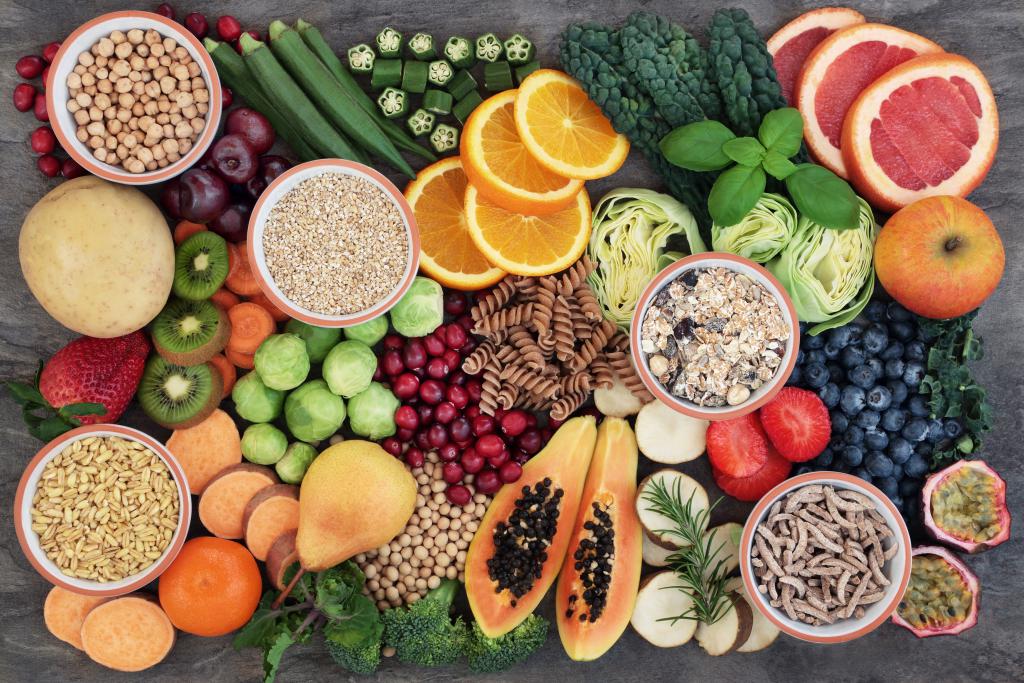
Starving doesn’t work — and cutting all your favorite foods doesn’t either. You need a diet plan that fits your day-to-day life.
-
Include protein, carbs, fiber, and healthy fats in each meal
-
Avoid eating too much junk food or fast food
-
Skip empty calories from sugary drinks or processed snacks
Eating the right amount of food — not too much, not too little — keeps your energy up and helps your body burn fat.
4. Prioritize Regular Physical Activity
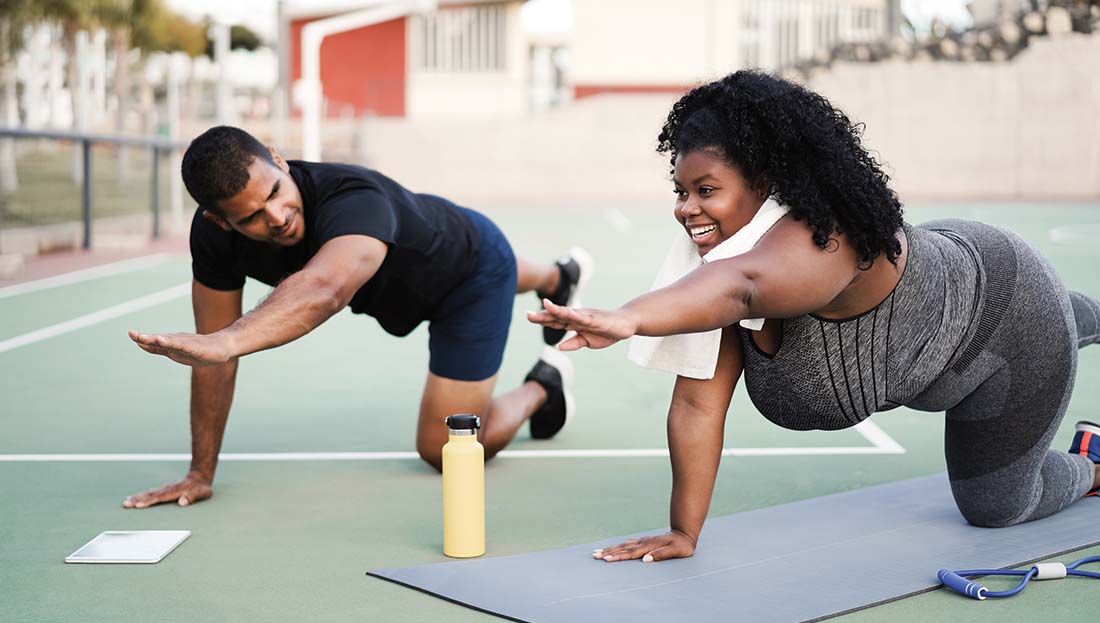
Moving your body helps you burn calories and lose fat faster. You don’t need a gym — even walking helps.
-
Aim for 30 to 45 minutes of movement most days
-
Include a mix of walking, stretching, and bodyweight exercises
-
The goal is to build a routine that feels good and fits your lifestyle
You don’t have to push hard — just stay consistent.
5. Drink Water Consistently Throughout the Day

Staying hydrated helps control hunger and keeps your body working well. Sometimes thirst feels like hunger.
-
Start your day with a glass of water
-
Keep a bottle near you and sip regularly
-
Drink more when you exercise or sweat a lot
Water helps with digestion, focus, and fat loss — and it’s zero calories.
6. Get Enough Sleep Every Night

Sleep affects everything — your mood, hunger, and how fast you lose fat. Skipping sleep slows down your results.
-
Try to get 7 to 8 hours of sleep each night
-
Keep your sleep schedule the same, even on weekends
-
Avoid screens and heavy meals right before bed
Good sleep helps your body recover and burn fat more effectively.
7. Track Your Progress and Stay Consistent
Tracking keeps you honest. It shows what’s working and what’s not — and gives you motivation to keep going.
-
Use a notebook or app to log meals, exercise, and weight
-
Take photos every 2 weeks to see body changes
-
Celebrate small wins, even if the scale moves slowly
It’s not about being perfect — it’s about showing up again each day.
8. Manage Stress and Build Long-Term Habits
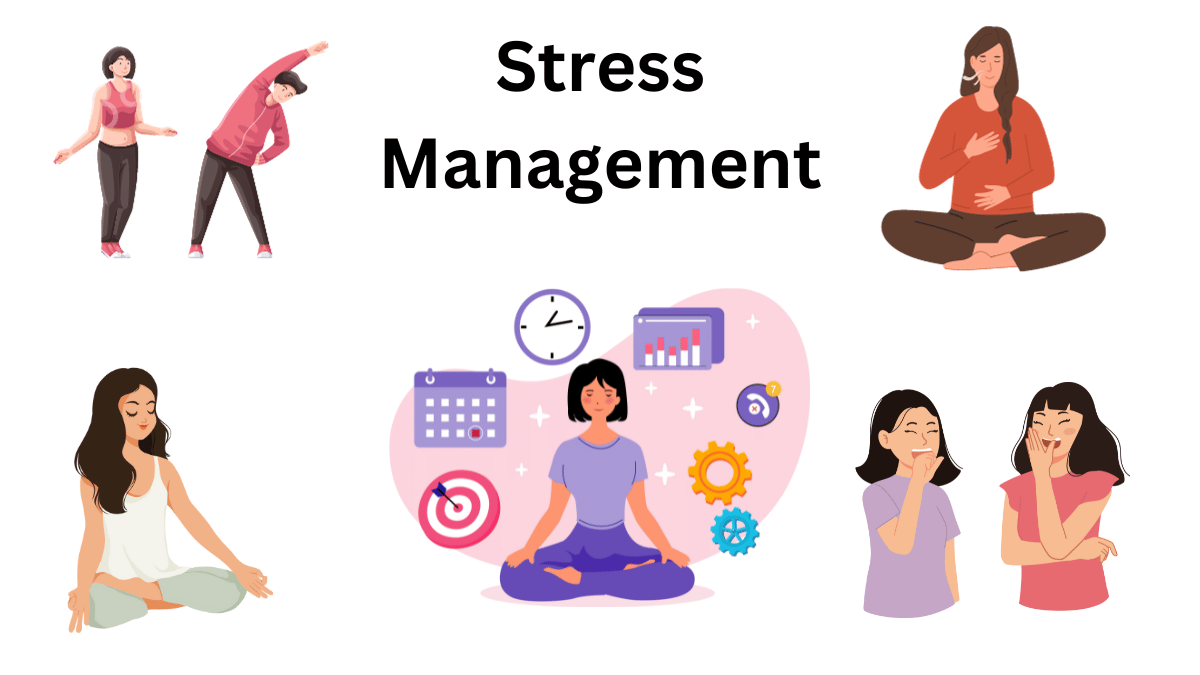
Stress can make you eat more or stop trying. That’s why managing it is part of losing weight, too.
-
Take short walks, listen to music, or do deep breathing
-
Don’t chase fast results — build habits you can keep
-
Focus on the next right step, not the entire journey
When your habits are strong, your results will follow.
Conclusion
You’ve made it this far — and that already sets you apart. Most people stop at the headline, but you stayed in it. That says a lot about where your mind’s at.
This isn’t about chasing quick fixes. It’s about finally doing things in a way that respects your body and your pace. If it feels hard sometimes, that’s normal — it just means it matters.
Whatever your goal is — whether it's 20 kg or just feeling better in your own skin — keep showing up. The path isn’t perfect, but your effort doesn’t have to be either. Just stay in the game. That’s where the real change happens.
If you're ready to stop circling the same 5 kg, Balance Bite is how you break through. Your 20 kg journey starts here




















Leave a comment
Translation missing: en.blogs.comments.discription